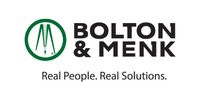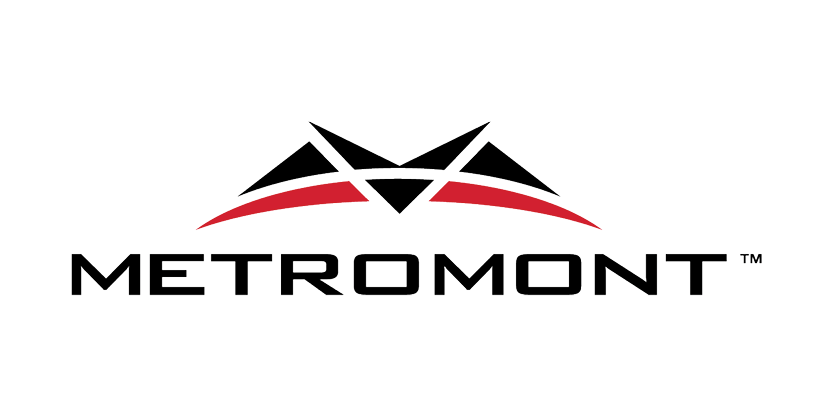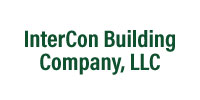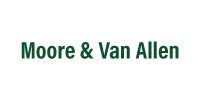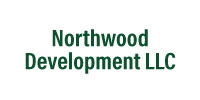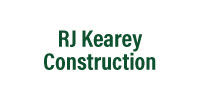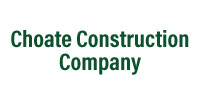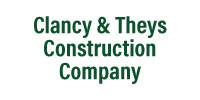How to Attract Institutional Capital
Posted on July 25, 2017
Written by Kelvin Tetz and Greg Martin
Local and regional developers who want to build relationships with institutional investors will need to implement these reporting and operating guidelines.
MANY REAL ESTATE owners, operators and developers seeking long-term growth are interested in institutional relationships, but building such relationships can seem daunting. Investment partners with billions of dollars to invest rightly need proven and capable partners. How does a local or regional real estate firm get into the institutional-investment club? The key is to get one’s existing house in order, so that investors who court these local or regional partners can more easily understand and embrace the real estate firm’s strategy.
While every firm has its own development strategy, one key to leveraging that success to attract institutional attention is to implement the reporting methods that institutions need their partners to use. Examples of internal components for local and regional operators to consider include 1) building an institutional-quality reporting system; 2) having a proper understanding of key issues, such as U.S. generally accepted accounting practices (GAAP), fair-value reporting and international financial reporting standards; and 3) creating operating guidelines that articulate the operator’s practices.









